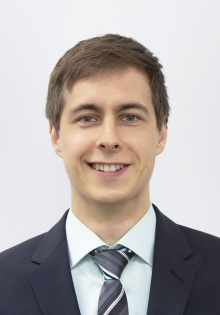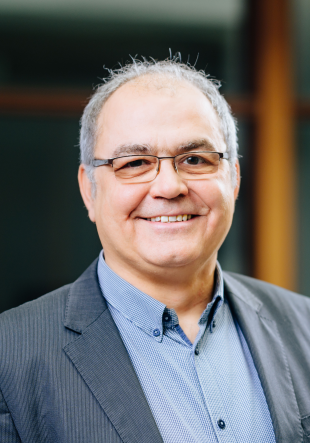SPP 2111 - Ultra-Wideband Photonically Assisted Analog-to-Digital Converters (PACE) - Phase 2
Overview
Silicon-based analog-to-digital converters (ADCs), which operate at sampling rates in the double-digit GSa/s range, are state of the art today. Although these converters now operate at unprecedented sampling rates, the effective number of bits (ENOB) and analog bandwidth are improving only slowly. A major obstacle to further improvements in bandwidth and resolution is the so-called aperture jitter, i.e. the temporal uncertainty of the sampling, which limits the product of ENOB and bandwidth. The currently best ADCs achieve an aperture jitter of approx. 60fs, which corresponds approximately to the clock jitter of the low noise electronic clock generators such as quartz oscillators [1]. A further reduction, especially for sampling rates in the high GHz range, will only be possible if the clock jitter is significantly reduced. In contrast to electronic clocks, ultra-stable mode-locked laser sources (MLLs) already demonstrate an ultra-low clock jitter of a few attoseconds [2]. If these sources were used as reference for the sampling, the performance of the ADCs could be improved by several bits. This has already been demonstrated with discrete electronic-photonic ADCs [1].
In this research project we investigate ultra-broadband electronic-photonic ADCs in silicon photonics technology and demonstrate their performance. The aim is to experimentally demonstrate a significant improvement of the ENOB-bandwidth-product. This would mean a revolutionary improvement of the state of the art, made possible by the low jitter, high bandwidth and massive parallelizability of integrated optics. For this purpose, two different electronic-photonic ADC architectures and novel electronic-photonic sampling techniques will be investigated within the framework of the joint project. Targets are to achieve analog bandwidths of 500 GHz and 100 GHz, respectively, and ENOB of 5 and 8 bit, respectively.
The project PACE is funded by the German Research Foundation (DFG) within the priority programme "Electronic-Photonic Integrated Systems for Ultrafast Signal Processing" (SPP 2111). Project partners are the RWTH Aachen (Prof. Jeremy Witzens), Karlsruhe Institute of Technology (Prof. Christian Koos) and the University of Hamburg / DESY (Prof. Franz-Xaver K?rtner).
[1] A. Khilo et al., “Photonic ADC: overcoming the bottleneck of electronic jitter,” Opt. Express, vol. 20, no. 4, p. 4454, 2012.
[2] A. J. Benedick, J. G. Fujimoto, and F. X. K?rtner, “Optical flywheels with attosecond jitter,” Nat. Photonics, vol. 6, no. 2, pp. 97–100, 2012.
Key Facts
- Grant Number:
- 403188360
- Research profile area:
- Optoelektronik und Photonik
- Project type:
- Forschung
- Project duration:
- 08/2018 - 03/2025
- Funded by:
- Deutsche Forschungsgemeinschaft (DFG)
More Information
Contact
If you have any questions about this project, contact us!
Maxim Weizel, M.Sc.
System and Circuit Technology / Heinz Nixdorf Institut
Wissenschaftlicher Mitarbeiter





